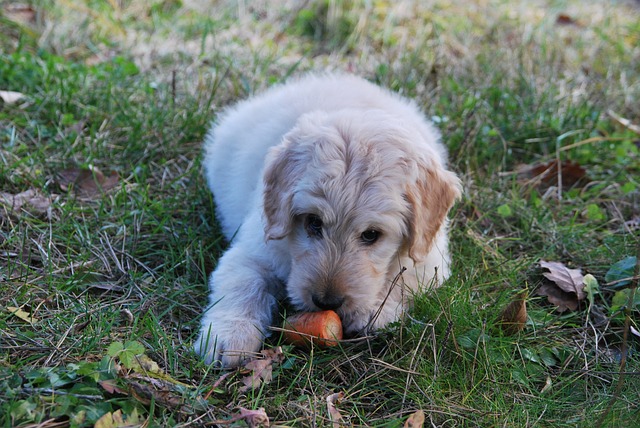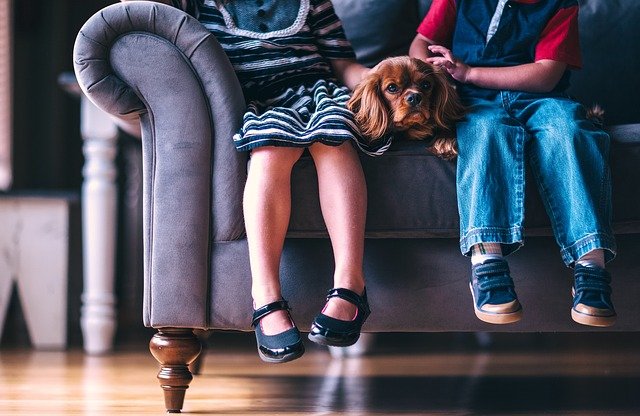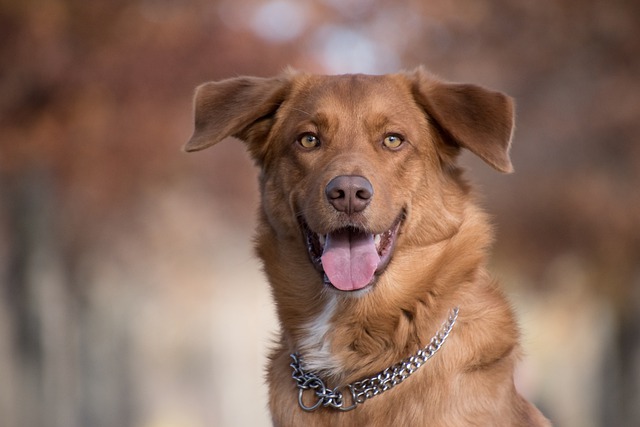15 Hazardous Foods for Dogs Every Pet Owner Should Know

Dogs always look for tasty treats, and they don’t even know that most human foods can be dangerous for them. But the issue is most pet owners can’t even stop their canine companions from eating from their dining table. Yes, it’s a good way to show your love, but meanwhile, you’re putting your dog’s health at risk. All human foods are not dangerous for pets, but most of them are hazardous foods for dogs. So, here we’ll discuss the most toxic foods that you should avoid feeding your dogs.
15 Hazardous Foods for Dogs
There are plenty of foods that are safe for humans but toxic for pets. We’ll discuss some toxic foods here so that you can avoid feeding them to your pets in the future.
1. Alcohol
As mentioned earlier, we don’t stop our pets from drinking alcohol, but we don’t even know how toxic it can be for dogs. Only a small quantity of alcohol can cause significant damage to the brain and liver. Moreover, it can cause diarrhea, coordination problems, vomiting, difficulty breathing, depression, and even death. If you have a puppy, you need to be more careful because even a single sip can significantly affect them.
2. Coffee
Some people love to share their Starbucks with dogs to provide them some energy in the morning. They offer coffee to their dogs. Coffee contains caffeine that causes significant damage. It can cause poisoning when used in large quantities.
Some other sources of caffeine are tea, soda drinks, and cocoa. We have observed that some painkillers also contain caffeine. If your dog is showing symptoms like rapid breathing, muscle tremors, restlessness, and heart palpitations, it means they have ingested something containing caffeine.
3. Onions and Garlic
They’re dangerous foods for dogs in all forms, such as raw, cooked, or dry form. No doubt, garlic has many benefits, such as immune-boosting, but unfortunately, its risks are far more than their benefits. When your dogs ingest them, it will cause damage to red blood cells that can lead to anemia and gastrointestinal irritation. Remember, when your dog ingests any of these toxic substances, you’ll not see the symptoms immediately. Symptoms usually appear after a few days.
4. Grapes and Raisins
You must have heard that some vegetables and fruits are good for your dog, but it’s not true for grapes and raisins. Both these foods look innocent, but you don’t know how destructive they can be for pets. Some common issues that grapes and raisins can cause are lethargy, vomiting, and kidney failure in dogs. Still, it’s not clear why grapes have this destructive effect on dogs, so all you need to do is to keep your four-legged friends away from grapes.
5. Macadamia Nuts
No doubt they’re a rich source of fiber for humans, but they can be fatal for dogs. The toxicity of nuts depends on the dog size, but 2.4g/kg consumption of macadamia nuts can cause poisoning, weakness, muscle tremors, fever, vomiting, and rapid heartbeat. When these nuts are combined with chocolate and eaten by dogs, they can increase the chances of death. You can protect your dogs from these issues by keeping the macadamia nut cookies bag closed.
6. Blue Cheese
It’s not easy for dogs to break down cheese, but when they eat a large amount of dairy products, they can cause sickness and diarrhea. Blue cheese contains Roquefort that is dangerous for dogs. It can cause diarrhea and vomiting and also result in seizures, twitching, and fever. Whenever you feel that your dog has ingested blue cheese, it’s time to get the vet’s help.
7. Xylitol
It’s an artificial sweetener, and you’ll often find it toothpaste, gum, candy, and other diet foods. It’s safe for humans but can have traumatic effects on your pet. The purpose of Xylitol is to increase insulin circulation. As a result, the blood sugar level drops and causes liver failure.
When your dog ingests food or something containing Xylitol, the early symptoms will be lethargy, vomiting, and seizures. It’s destructive and can cause liver failure in just a few days. So, you need to keep candies and gums away from your pet. Moreover, ensure that you put the keep on your toothpaste.
8. Coconut and Coconut Oil
When your dogs ingest coconut-based products in small amounts, they’ll not cause serious harm to your pet. Moreover, the mixture of fresh coconuts and milk can upset the stomach and also result in diarrhea. So, you need to be cautious when feeding such foods to your pets. Coconut water is dangerous for pets because it contains a rich amount of potassium.
9. Chocolate
It’s the favorite food of humans, especially kids, but you can’t imagine how destructive it can be for pets. Chocolate contains theobromine which can be toxic for dogs. The consequences of eating chocolate can be abnormal heartbeats, seizures, muscle tremors, and in worst cases, it can lead to death. Chocolate is dangerous for pets in all forms, but unsweetened baking and dark varieties are deadliest for dogs.
10. Bones and Fat Trimmings
Some people love to feed their dogs with leftover food scraps, but it’s not a wise approach. Bones can puncture or splinter the dog's throat because they can cause choking hazards. If you want to feed your dog a high-quality protein diet, provide them with freshly cooked and high-quality meats because they’re safe. Fat trimmings can result in pancreatitis in dogs regardless of whether they’re cooked or uncooked.
11. Fruits and Seeds
Both of them can obstruct the digestive tract of dogs. Therefore, you need to be cautious when sharing watermelon chunks and peach slices with your four-legged friend. Pits contain some agents that are dangerous for pets. Moreover, plum and peach pits contain cyanide which is toxic for dogs. Remember, all the fruits are not dangerous for dogs. You just need to remove pits and seeds, and you’re ready to give a healthy diet to your pet.
12. Avocado
In our list of hazardous foods for dogs, it’s another unsafe food for dogs. It’s dangerous because avocado plants contain Persin. This substance is present in its leaves and seed, and it can cause diarrhea and vomiting in dogs.
13. Yeast Dough
When dogs ingest yeast dough, it will result in gas accumulation in their digestive system. It can cause severe pain and block the stomach and intestines. Never give your dog even a small amount as a treat. Otherwise, when the yeast rises fully, it can be a risky business.
14. Corn on the Cob
It seems like a healthy table scrap, but your dog’s stomach doesn’t digest it. When your dog swallows large chunks of the cob, it can block the intestines. It happens because of their size and shape. Some signs of cob ingestion can be reduced appetite, abdominal discomfort, vomiting, and diarrhea.
15. Salt and Salty Snacks
It’s the last one on our list of hazardous foods for dogs. When dogs ingest a large amount of salty snacks, it can result in excessive urination and thirst. Moreover, it can result in sodium ion poisoning as well.
When your pets eat too many salty foods, some signs will be diarrhea, vomiting, depression, high body temperature, and tremors. In worst cases, they can also lead to death. Some salt-rick products to avoid are salted popcorn, potato chips, and pretzels. You should avoid feeding these products to your pet.
What to Do If Your Dog Eats Hazardous Foods?
The best approach is to keep these hazardous foods from your dogs’ reach. Avoid keeping these foods on tables and purses where the dogs couldn’t access them. If your dog has still ingested something after taking all the precautionary measures, you need to consult the vet immediately.
There is not the same treatment for all types of food poisoning. Therefore, the vet will suggest treatment after looking at the symptoms and food types that dogs have ingested. Avoid giving any medicine to your pet without consulting your vet. Otherwise, you can make things even worse.
Final Words
Some foods that are safe for humans can be toxic for pets, and we have discussed the 15 hazardous dog foods here so that pet owners can avoid feeding such foods to their pets. If you want to protect your dogs from food poisoning, ensure that you provide them with dog food. Moreover, human food should be out of their reach. Finally, you can’t keep an eye on your dog every time, so if you feel your dog has ingested any toxic food, immediately seek the vet’s help.
Leave a Reply
You must be logged in to post a comment.


